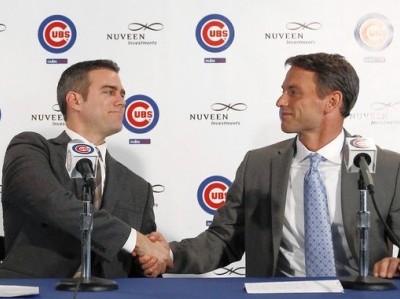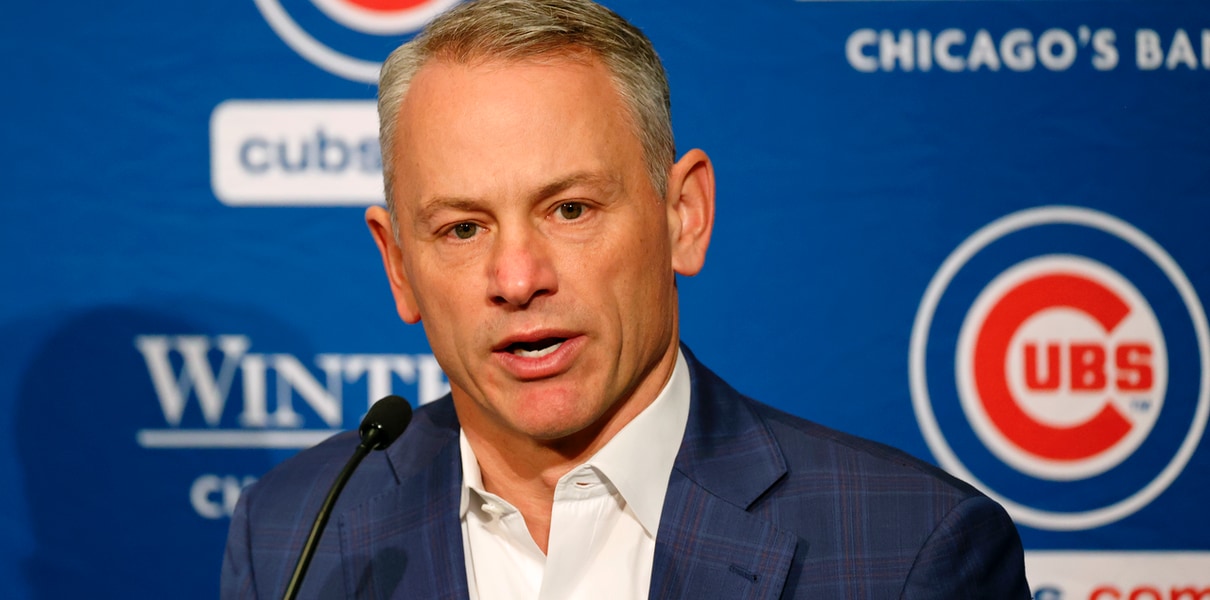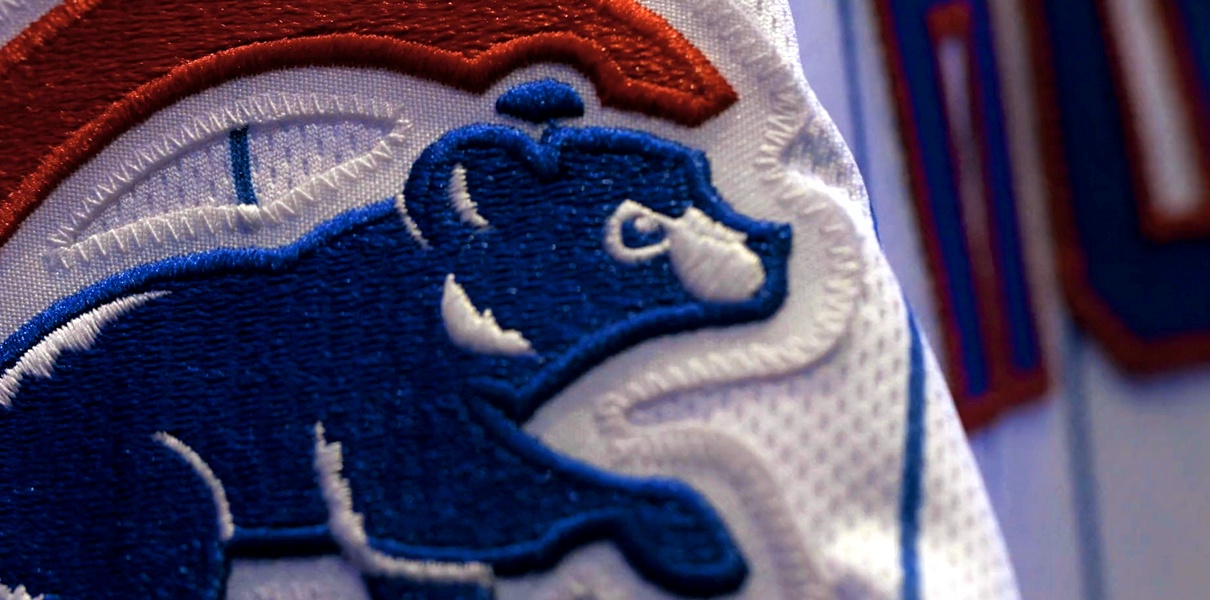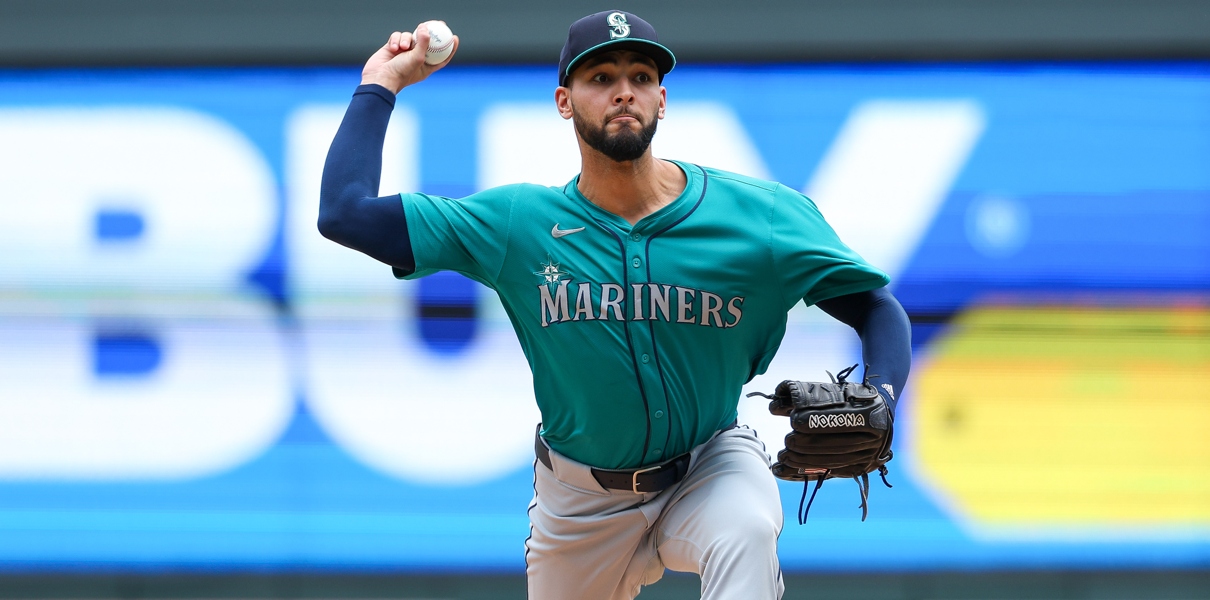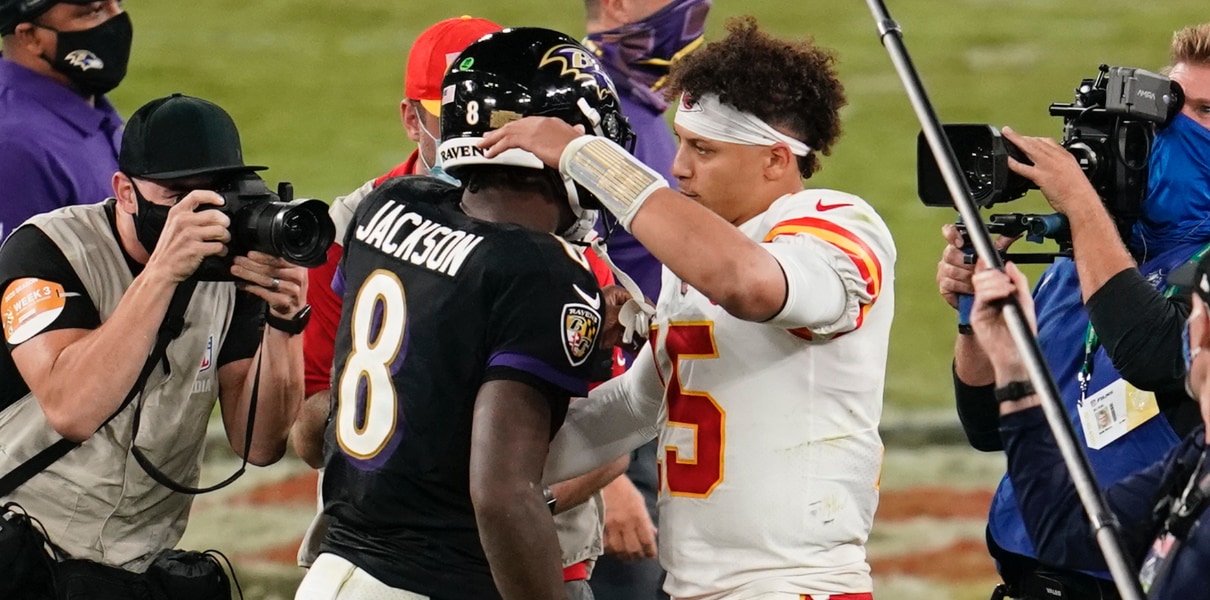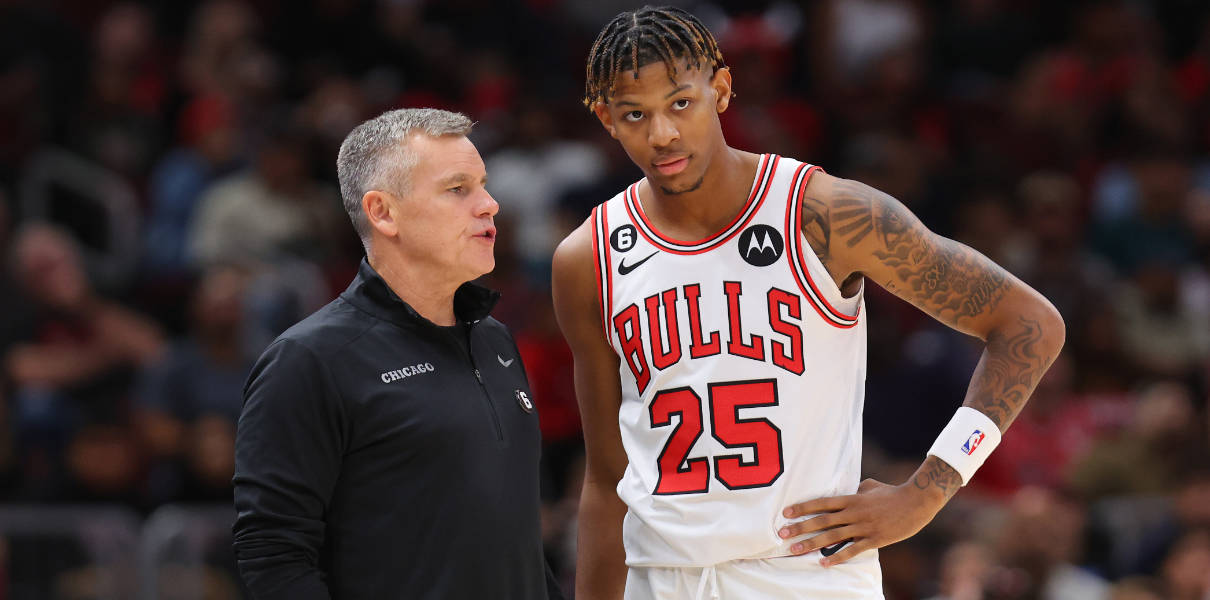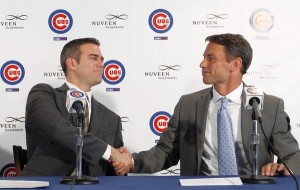
Re-signing Ian Stewart isn’t sexy. Signing Nate Schierholtz isn’t exciting. Folks get frustrated because, while their rational mind accepts that this rebuilding process is going to take “years,” it’s much harder to confront that fact when you’re swept up in what is supposed to be the excitement of the Winter Meetings. We want Josh Hamilton and Zack Greinke rumors, not Ryan Ludwick and Francisco Liriano.
But this is the reality of the “process” in the “rebuilding process.”
Most of us accepted that last year when Theo Epstein, Jed Hoyer, and Jason McLeod came on board (I seem to recall that most of us were … happy about that). If you’re able, take a moment to remind yourself that nothing that has happened to this point – or hasn’t happened – isn’t exactly what we were told to expect in this rebuilding process. It can be ugly and painful as we go (“you can’t turn an ocean liner on a dime”), but I remain hopeful about the outcome. And I’m certainly going to allow more than one year to pass before I rip into a multi-year rebuilding process.
To that point, Cubs GM Jed Hoyer recently offered some thoughts on the process of rebuilding, and the time for spending the big bucks.
“We’re certainly going to spend all the money we have to spend, there’s no question about that,” Hoyer told Paul Sullivan. “It’s a good philosophical question. We talk about it all the time. We have money to spend. This is kind of the first place to spend it – at the Winter Meetings. People come here to sign free agents. It’s not the last time. If we can’t find wise ways to spend money, we’ll hold it and find wise ways the next 12 months.
“The Dodgers are a really good example of that in some ways. They had their offseason in August [acquiring $260 million worth of contracts in a huge deal with the Red Sox]. We’re not going to go on a binge just because we have money to spend and make sure we have it spent. [T]here are 12 more months in the fiscal year and we can find other times to do it.
“It’s really important to note ultimately we’re investing money. That’s what we’re doing in [acquiring] players. If you can’t find wise investments, hold off, and there are going to be other times to make a wise investment. You try to be patient. It’s not a sexy thing to talk about – being patient. But I’ll feel a lot better about that than I will about making a big splash on someone you don’t feel really convicted about. You’re probably going to regret that move more later than you will if you’re kind of keeping your powder dry and maybe finding out a more prudent way to spend it.”
I couldn’t put it better myself.
This rebuilding process necessarily involves a “process” – a painful, slow, loss-filled, low-payroll, “flippable asset”-filled process. When Theo and Jed came on board, it was easy to say, “I’m so excited! I know this will take a few years, but they’re going to do it the right way, and it will be worth it in the end!” But it was an entirely different thing to live it for a year, and to be on the precipice of having to do it all over again for another year or two. I understand that cognitive dissonance, and I’ll forgive anyone who overestimated their own fortitude for stomaching suck. The fact that Year One of this process came on the heels of some unrelatedly awful Cubs teams sure doesn’t help.
But this is the process. It’s here, it’s clear, get used to it.
Yes, the Cubs’ payroll (as of Opening Day) has dropped from about $144 million in 2010 to about $134 million in 2011, to about $109 million in 2012, to what will certainly be lower still in 2013. But, considering that the 2010 and 2011 figures were artificially inflated by the back-end of contracts handed out during the 2007/2008/2009 spending binge (on players, you’ll note, who were no longer productive), it’s a bit unfair to use 2010 as your starting point for the payroll decline. You’ve also got to keep in mind that the reduced payroll in the last two years was largely in service of clearing debris from the roster, and not inking long-term, high-dollar deals on a crappy team for which a band-aid or two was not going to help.
I have no issues with that approach, and I believe that the money “saved” has been, and will be, used in other areas of the organization, as has been promised. I doubt I’ll enjoy the resulting train wreck on the field in 2013 all that much – though I’ll find pleasure where I can, hopefully in the development of young talent, and in the breakout of trade assets – and no one’s asking you to, either. There’s nothing inconsistent with being in support of the long-term rebuild, and being bummed that the 2013 Cubs are probably not going to be competitive. That’s just another piece of the process to stomach.
That all said, as the Dodgers have brought into focus, payroll does matter. Better players tend to make more money than worse players, and better teams – on average – tend to have higher payrolls than worse teams. (There are reasons the Yankees have made 17 of the last 18 postseasons – good decision-making is certainly one of them, but their huge, huge, huge financial advantage and commensurately huge, huge, huge payroll is an even bigger one.)
I can accept seeing the Cubs sit out the top of the free agent market this year, and fielding a team with a lower payroll in 2013 than it had in 2012. I have no problem with this because I still believe in the process, and I see the steps being taken in service of that process.
But you know as well as I do: if the process is working, that payroll is going to start creeping back up within a year or two. And the free agent signings will come in a year or two. If those things don’t happen, then – and only then – it will be fair to become suspicious of what’s going on.
Right now, everything is still going according to plan. So choke down the process as best you can.



